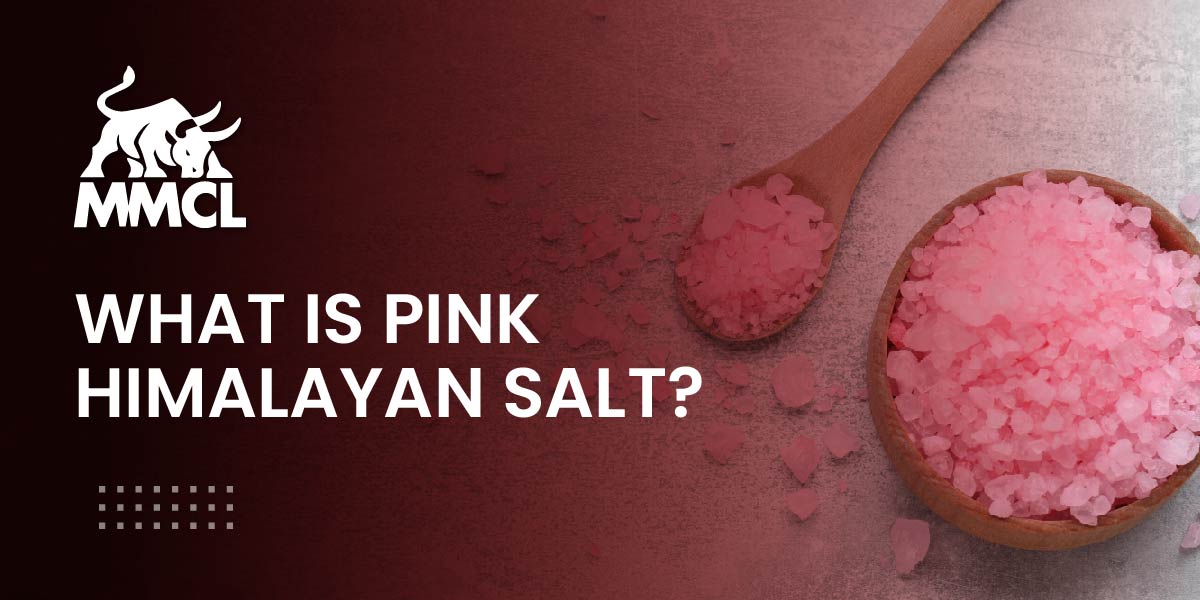Pink Himalayan Salt is a rock salt derived primarily from the Salt Mine in the Himalayan range, located in the Punjab province of Pakistan. In an unrefined state, this salt is famous for its unique flavor and rosy pink hue.
Over the years, pink Himalayan salt has become increasingly favored as a healthy substitute for traditional table salt. Due to its fascinating pinkish hue, healing properties, and nutritional benefits, it is a staple in food preparation, seasoning blends, garnishing meals, and spa therapies.
So, what is pink Himalayan salt composed of, and which properties make it a superior substitute for other salts? The following paragraphs will address the frequently asked questions about the pink Himalayan salt. Follow along!
What Makes Pink Himalayan Salt Better?
Generally, pink Himalayan salt is considered a better substitute for ordinary table salt for multiple reasons. It can be utilized in its unrefined state without additives or anti-caking chemicals incorporated in regular table salt.
The abundant mineral content of pink Himalayan salt renders it a better or healthier than ordinary table salt. In composition, it contains minerals and trace elements that are beneficial for overall health. In addition to enhanced flavor and wellness rewards, these minerals impart the characteristic pink hue.
Some investigations suggest that pink Himalayan salt can help maintain hydration, improve digestion, strengthen lung function, and have cleansing properties. It is critical to acknowledge that the scientific evidence supporting these statements is scant.
What is the Mineral Composition of Pink Himalayan Salt?
Pink Himalayan salt’s mineral composition has been one of the primary variables contributing to its increasing sales. More than 80 trace elements are included in it, imparting a distinctive color and numerous health benefits. The mineral concentration is relatively low compared to other dietary sources. Hence, only a substantial consumption will have a noticeable nutritional benefit.
Although the precise composition can differ, this salt usually contains the following minerals:
- Calcium
- Potassium
- Magnesium
- Iron
- Zinc
- Copper
- Iodine
- Manganese
- Zinc
- Sulfate
- Selenium
Despite being trace in quantity, these minerals can enhance taste and potential wellness benefits.
What is the Sodium Content in Pink Himalayan Salt?
Himalayan pink salt has a sodium concentration comparable to ordinary table salt. It is a sodium-rich product that tastes great when incorporated into meals since it typically comprises approximately 98 percent sodium chloride. However, a greater crystal size can cause some individuals to perceive it to be of a milder taste than usual table salt.
In addition, keep in mind that an average adult shouldn’t exceed 2,300 mg of sodium each day. Therefore, Himalayan salt must only be consumed sparingly as an excess might have adverse health effects, such as increased blood pressure and cardiovascular problems.
How Much Pink Himalayan Salt Must Be in Sole Water?
A sprinkle of pink Himalayan salt in drinking water may enrich its flavor and provide the body with necessary minerals. Making Sole Water involves immersing drinking water in pink Himalayan salt and diluting the combination afterward. This remedy boasts multiple health claims, such as its curative properties for hormonal imbalance, weight gain, muscle cramps, and impaired sleep cycles. Although the reputed benefits are abundant, no scientific study yet supports the claims.
Depending on one’s preferences and health requirements, Sole Water should contain different proportions of pink Himalayan salt. It has been recommended to begin with a concentration of one gram of pink Himalayan salt per 100 milliliters of water. If desired, its concentration can be raised progressively over time, up to a maximum of 3 grams in 100 milliliters of water. However, you must cater to your body needs and adjust your salt consumption accordingly. Be mindful that Sole Water should only be consumed in little amount—generally, no more than one teaspoon diluted in a cup of water.
As advocated by Healthline, the usual method for making sole water is to fill a jar two-thirds with pink Himalayan salt, then top it off with water and allow the mixture to soak for a day or half. The water is deemed fully saturated when the salt stops dissolving into water. For a multiplicity of health advantages, the majority of sole water proponents advise consuming 1 teaspoon of this mixture in 8-ounces of room temperature water every day.
However, consuming excessively sodium-rich water can upset the electrolyte balance and cause dehydration. It is ideal to consult a healthcare professional or comply with recommended guidelines when considering adding salt to drinking water.
Where Does Pink Himalayan Salt Originate From?
As the term implies, Pakistan’s Himalayan Mountain range is the source of pink salt from the Himalayas. Rich in prehistoric salt deposits that originated millions of years ago, this area is renowned for its pristine surroundings. It gets its distinctive pink color from the salt crystals taken out of mines that are buried far below the surface. Because of the pure environment from which it is obtained, it is regarded to represent one of the purest kinds of salt accessible.
What Benefits Does Pink Himalayan Salt Offer?
Due to its composition, pink Himalayan salt has been associated with multiple health benefits. It can serve a purpose for detoxification, enhanced metabolism, electrolyte balance, and relief from muscle cramps.
Furthermore, it improves skin appearance when added to bath salts or body scrubs and promote respiratory wellness when used in salt inhalation treatments. While only a few scientific studies back up these claims, it’s critically important to remember that it’s best to consult a medical professional before making any dietary modifications.
Moreover, Himalayan salt slabs serve a purpose in manufacture of liquor glassware, serving dishes, baking stones, and griddle grills. During these applications, trace levels of minerals seep into the meal or beverage, enhancing its flavor.
Another beneficial application is the salt lamps, which emit an orangish or pinkish glow when a light source gets placed within a carved-out Himalayan salt block.
Ending Note
In conclusion, pink Himalayan salt is an incredible source of essential minerals and trace elements that can benefit our well-being. From its distinct origin to the noteworthy benefits, the pink Himalayan salt certainly belongs in our kitchens and beauty regimens. For a boost in your overall well-being, consider using this all-natural substitute the next time you are on the look-out for your salt supply.

